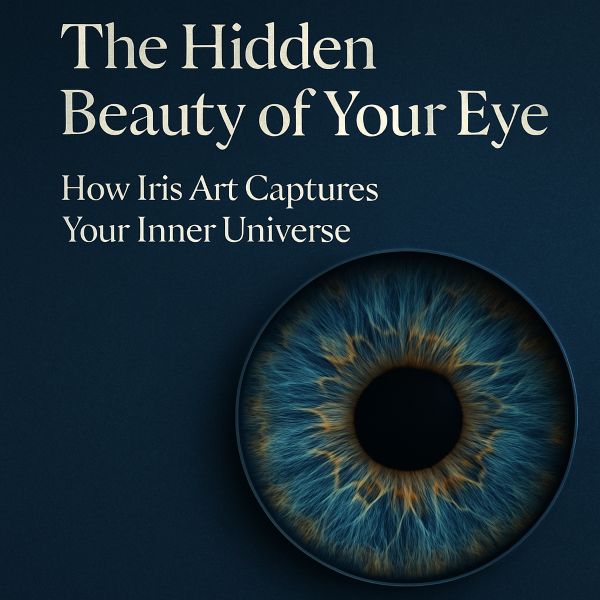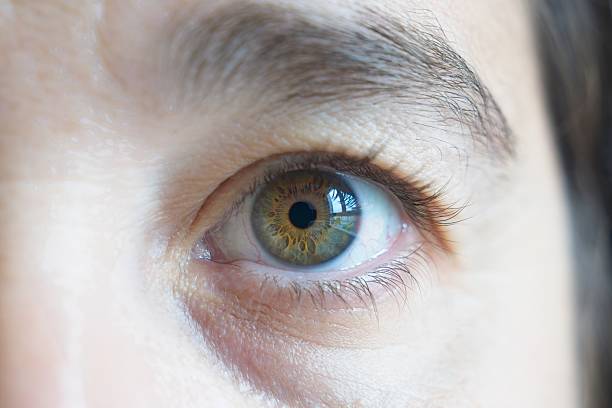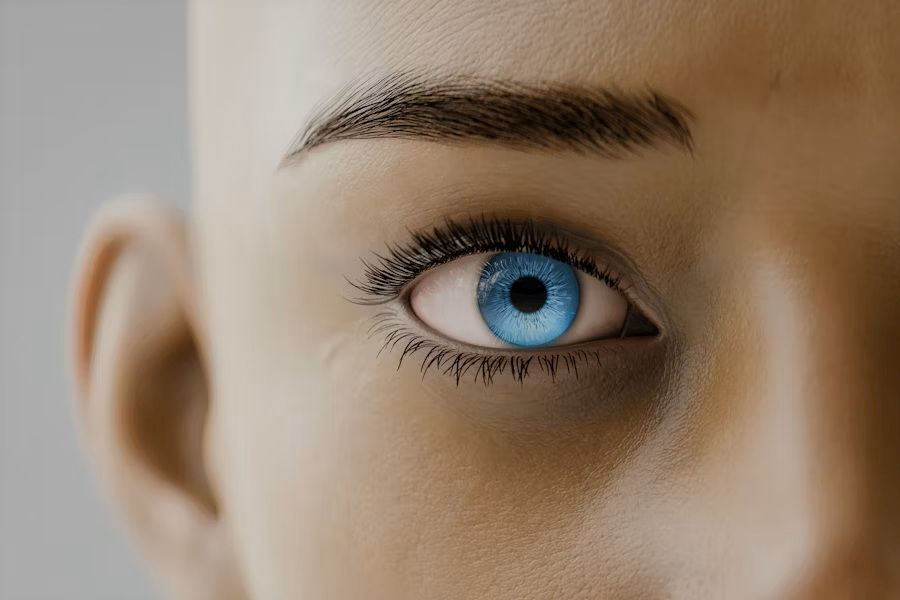Your Cart is Empty
The Hidden Beauty of Your Eye: How Iris Art Captures Your Inner Universe

If you've ever looked closely into someone’s eyes and felt something shift, you're not alone. The human iris—often overlooked in everyday life—is one of the most complex and beautiful parts of the body. It's no surprise that, in recent years, it has become a powerful subject for visual art.
But what exactly makes the iris so mesmerizing? And why are more people turning to iris photography and artwork to express identity, connection, and emotion?
Let’s explore the science, symbolism, and artistic value behind your iris—and why it’s more than just a pretty color.
The Iris: A Living Canvas of Detail
An iris isn’t just a colored circle in your eye. It's a highly textured, multi-layered structure, shaped by the same forces that define fingerprints—except even more complex.
No two irises are identical. Not even between identical twins. The ridges, crypts, freckles, and folds of an iris develop through a mix of genetics and randomness, giving each person a pattern that is completely unique.
And when captured with the right lens or lighting, these patterns begin to resemble something almost otherworldly—like distant galaxies or microscopic universes.
A Growing Artistic Movement: Why Eyes Inspire Artists
Throughout history, artists have been fascinated by eyes. From ancient Egyptian amulets to Renaissance portraits to contemporary photography, the eye has always been a symbol of perception, soul, and truth.
But the rise of high-resolution digital photography has opened new creative doors. For the first time, we can photograph the iris in extraordinary detail—revealing vibrant colors and intricate textures never visible to the naked eye.
This has sparked a new genre of iris-based visual art, where close-up eye images are transformed into abstract pieces that feel deeply personal and emotionally resonant.
What Makes Iris Art So Emotionally Powerful?
Unlike a portrait or a landscape, an iris artwork doesn’t show your face, your environment, or even your expression. Instead, it shows a part of you that’s usually hidden in plain sight—one that’s entirely your own.
Many people describe their first time seeing their iris as a strange and intimate experience. There’s often an immediate sense of recognition, wonder, or even reflection. Some feel it represents their personality, their inner world, or their life journey.
In this way, iris art isn’t just decorative—it’s symbolic. A quiet kind of self-expression that resonates on a personal level.
A New Way to Tell Stories Visually
Artists and creators are beginning to use irises not just individually, but in combination—creating visual relationships between two or more people. For instance, a couple’s irises placed side by side might suggest emotional connection. A parent and child’s may represent legacy and memory.
These compositions offer a fresh, poetic way to document relationships—not through faces or names, but through shape, form, and light.
Final Thoughts: Seeing Beauty in the Smallest Details
There’s a quiet power in the idea that something as small and familiar as your iris can contain such immense beauty. And perhaps that's the real magic: we carry art within us every day, often without ever noticing it.
In a world filled with noise and repetition, iris art stands as a reminder that individuality still matters—and that sometimes, the most meaningful details are the ones we rarely stop to see.
Leave a comment
Comments will be approved before showing up.




